Hydration Hacks: How to Make Your Own Electrolyte Drinks
Homemade Sports Drinks for Pennies
Sports drinks have come a long way since their early days. The first sports drink, Lucozade, was developed in 1927 by a chemist named William Owen in the U.K. It was initially created as a simple glucose-and-water mixture to provide energy for the ill. It wasn’t until the mid-1980s that Lucozade was rebranded as a drink to replace lost energy, eventually becoming the top-selling sports drink in the U.K.
Meanwhile, across the Atlantic, Gatorade was born in 1965 at the University of Florida. Dr. Robert Cade and his team developed the drink to help athletes replenish the carbohydrates, salt, and electrolytes they lost through sweat during intense workouts. The drink quickly proved its worth, with the University of Florida football team, the Gators, crediting it with improved performance on the field.
These early innovations laid the foundation for the modern sports drink industry, which has exploded into a wide range of brands and flavors, all promising to keep athletes hydrated and energized. But what exactly are these sports drinks doing for you, and are they worth the price?
First, let’s break down what “electrolytes” are—since you see this word plastered all over sports drink packaging. Electrolytes are minerals in your body that carry an electric charge and are essential for many bodily functions. They help balance the fluids in and out of your cells, keep your nerves and muscles working properly, maintain your blood’s acidity and pressure, and help rebuild tissues. Common electrolytes include sodium, potassium, calcium, magnesium, chloride, and phosphate.
In the 1970s, a groundbreaking study highlighted the power of these electrolytes through oral rehydration therapy (ORT). Researchers found that a simple solution of water, salt, and sugar could drastically reduce mortality rates from cholera—from about 30% to as low as 4%. This treatment was particularly effective in areas where severe dehydration from diarrheal diseases was rampant, marking ORT as one of the most significant medical advancements of the 20th century.
So, how did this life-saving treatment become a booming business? Marketers saw the potential in electrolytes and began packaging them into convenient sports drinks like Gatorade and Powerade. More recently, companies have started offering hydration packets to mix into your water bottle. These packets are advertised as a more portable and cost-effective solution, often selling for about $1.59 each.
But are these packets really a bargain? If you compare them to bottled sports drinks, they seem like a good deal. However, when you look at them alongside flavored water packets from brands like Crush, Crystal Light, Hawaiian Punch, Skittles, Sunkist, Welch's or Wyler’s, which sell for just 15-30 cents each, the picture changes. The key difference is that these “hydration” packets add a small amount of electrolytes, yet they’re marked up to over $1.50 per packet.
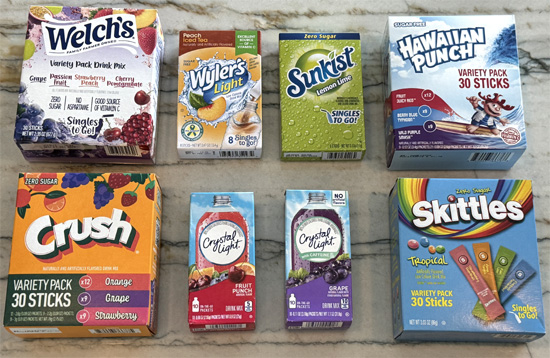
The ingredients in these hydration packets are simple: sodium chloride (table salt), potassium chloride, and magnesium malate. These are inexpensive materials that, when bought in bulk, can cost as little as 10 cents per ounce. Yet, companies are charging up to $10 an ounce for these mixes.
Here's How to Make Your Own
According to market leader LMNT, you need the following:
2,500 mg of sodium chloride (fine table salt),
385 mg of potassium chloride powder, and
390 mg of magnesium malate powder or 450 mg of Di-Magnesium Malate to create a homemade electrolyte mix. When you buy these ingredients in bulk, your cost per serving drops to just 12 cents.
We bought a 250-gram packet of potassium chloride powder for $17.96, which provides around 645 servings. We also picked up a 100-gram bag of magnesium malate for $16.96, giving us about 250 servings. And, of course, we added some fine table salt to complete the mix.
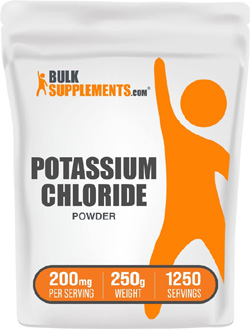
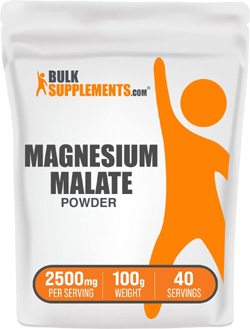
If you don’t have a scale that measures small quantities, you can mix the following amounts for 50 servings.
- 125 grams of fine salt,
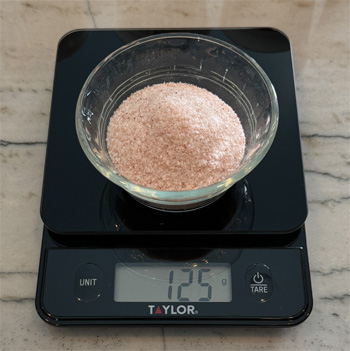
- 19.25 grams of potassium chloride, and
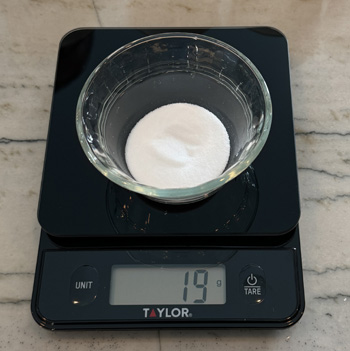
- 19.50 grams of magnesium malate.
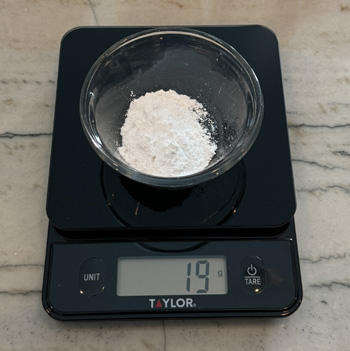
Mix together and store this blend in an airtight bag.
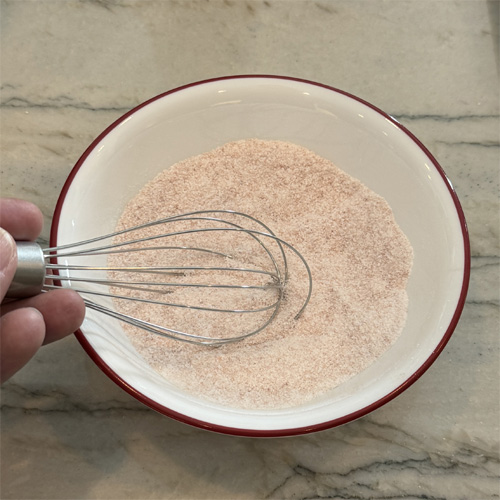
When you’re ready to hydrate, scoop out 1/2 teaspoon and 1/8 teaspoon and mix it into into 16 ounces of water. Then add your favorite flavor packet—about 1/3 or 1/2 of a packet should do the trick.

A single serving of the homemade electrolyte drink - 1/2 teaspoon and 1/8 teaspoon.
The result? You’ve got a homemade electrolyte drink that costs between 25-45 cents per serving, depending on how much flavoring you use. It’s a fraction of the price of commercial hydration packets and just as effective at keeping you hydrated and energized.
Here's what those numbers mean.
2,500 mg of Sodium Chloride (for 1,000 mg of Sodium):
Sodium chloride is just regular table salt. When you want to get 1,000 mg of sodium into your drink, you need to use 2,500 mg of salt because salt is made of both sodium and another element called chloride. So, the sodium is only a part of the total salt amount.
385 mg of Potassium Chloride (for 200 mg of Potassium):
Potassium chloride is a salt that gives you both potassium and chloride. To get 200 mg of potassium, you need to use 385 mg of potassium chloride. This gives you the right amount of potassium while also adding some chloride, which is another important mineral for your body.
390 mg of Magnesium Malate OR 450 mg of Di-Magnesium Malate (for 60 mg of Magnesium):
Magnesium malate and di-magnesium malate are forms of magnesium combined with malic acid, a natural substance found in fruits like apples. To get 60 mg of magnesium, you need either 390 mg of magnesium malate or 450 mg of di-magnesium malate. The reason for the different amounts is that di-magnesium malate contains a bit more magnesium per dose, so you need a little more of it to get the same effect.
In short, these amounts are used to make sure you get the right levels of sodium, potassium, and magnesium in your drink, which helps your body stay hydrated and keeps your muscles working properly during exercise.
Call for a FREE Consultation (305) 296-3434
CAUTION: Check with your doctor before
beginning any diet or exercise program.
8/21/2024
Updated 9/12/2024


